With millions of backyard birders throughout the United States and Canada, there’s no doubt that birding is one of the most popular pastimes. It’s easy to get into this relaxing hobby – all you need are a few basic items and you’re ready to get birding! With these seven birding essentials, you’ll be on your way to a welcoming backyard full of nature and winged wildlife.

1. Bird feeder
When selecting a bird feeder, it’s important to consider the types of birds you’re looking to attract. Platform, tube, and hopper bird feeders can accommodate several different seed types and will attract a wide variety of birds, while specialty feeders like nectar, Oriole and Bluebird are made to attract more specific bird types. Be sure to choose a feeder with features that will make it easy for you to keep clean and is safe, comfortable, and healthy for the birds.
See our recommendations by season:
2. Hanging location or structure
Wherever you decide to hang your bird feeder, it’s important to choose a hanging method that is durable and sturdy. There are many different decorative and simple yard poles and hooks available, from a traditional shepherd’s hook to deck hooks and extending hooks. Some bird feeder types can mount directly to the window with included suction cups, meaning no additional hanging method is needed!
The location of your bird feeder should make the birds feel safe and at home. Birds are likely to feed more comfortably when near natural cover like trees, shrubs, or other vegetation. This provides shelter for birds to view their feeding area so they can see any predators while waiting for their turn to feed. Remember to keep the feeders roughly 10-12 feet from any tree or obstacle to deter unwanted pests from reaching the seed. To help prevent fatal window collisions, feeders should be hung or mounted closer than 3 feet or farther than 15 feet from a window.
Note: We do not recommend hanging bird feeders from tree branches as this can give squirrels and other pests easy access to the feeder content.
3. Feed
Ultimately, the size, shape, and type of bird feeder will determine the type of feed you need and the birds that will visit a particular feeder. While birds sometimes surprise us with their choices, the seed listed here typically attracts these birds:
- Black oil sunflower: Finch, Cardinal, Chickadee, Dove, Grosbeak, Jay, Junco, Nuthatch, Siskin, Sparrow, Titmouse, Woodpecker
- Striped sunflower: Cardinal, Chickadee, Grosbeak, Jay, Nuthatch, Titmouse
- Safflower: Cardinal, Chickadee, Dove, Grosbeak, Nuthatch
- Thistle (Nyjer): Finch, Bunting, Chickadee, Dove, Junco, Siskin, Sparrow, Titmouse
- Cracked corn: Cardinal, Dove, Grosbeak, Jay, Junco, Siskin, Sparrow, Titmouse
- Peanuts: Cardinal, Chickadee, Grosbeak, Jay, Junco, Nuthatch, Woodpecker
- Millet: Finch, Bunting, Cardinal, Dove, Jay, Junco, Siskin, Sparrow
- Suet: Finch, Bunting, Chickadee, Nuthatch, Siskin, Sparrow, Titmouse, Woodpecker
- Nectar: Hummingbirds, Orioles
- Grape jelly/Orange halves: Orioles
- Mealworms: Bluebirds, Wrens, Chickadees
- Chopped apples/Dried fruit: Woodpeckers, Mockingbirds, Catbirds, Robins
For more help choosing the right feed for your bird feeder, take a look at our bird seed guide.
4. Bird House
There are few experiences more rewarding than having a pair of birds choose your backyard to nest and raise their young. To attract nesting birds to your yard, you’ll need to choose and install a bird house. There are two main styles of bird houses: Bluebird houses will attract Bluebirds and Tree Swallows while wren houses will attract wrens and chickadees.
It's important to select a bird house with features that benefit the birds while making it quick and easy for you to clean and maintain - an added bonus if it's a beautiful style! Look for features for maximum bird comfort, like air ventilation, correct hole size to deter predator birds (1 1/2” for Bluebird and 1 1/8” for wren), and fledgling kerfs for extra grip for fledglings to climb out. Also make sure that the bird house components will stand up to nature with rust-free hardware and insect and rot-resistant wood.
Once you’ve selected the right bird house, check out our tips to mount and care for Bluebird houses and wren houses.
5. Water source
The secret ingredient to attracting and keeping birds coming back to your yard is a fresh source of water. All birds drink water and need to bathe regularly to keep their feathers clean. Providing a consistent source of clean and fresh water from a bird bath or a shallow pond will keep your backyard birds happy, so they return regularly. Plus, even birds who don’t typically eat from bird feeders do need a water source which will increase the variety of birds who visit your backyard. It’s important to keep your water source clean and change the water often to prevent bacteria from forming and spreading amongst the birds.
6. Birding accessories
There are a few accessories that can help deter pests at your bird feeder. If you’ll be placing your bird feeder in an area with lots of squirrel activity, a baffle can be used to prevent squirrels or other pests from climbing up a pole or jumping down onto a feeder from above. Check out these squirrel-proofing tips for more ideas on how to keep the squirrels away from your feeders.
The same sweet nectar that attracts birds like hummingbirds, orioles and bluebirds can also attract ants. Many nectar feeders have built-in ant moats, which trap ants in a small cup of water before they have the opportunity to reach the feeder. If your feeder does not come with an ant moat, you may want to purchase and install one separately to prevent these feeder pests. To read up on more common hummingbird feeder challenges and solutions, check out our blog.
Carrying and pouring big heavy bags of bird seed without spilling can be challenging. A bag clip like the Handle-it bag clip can help you transport small and large bags of bird seed from the garage or shed to the feeder with ease. The seed can be stored right inside the bag with the secure latching system and screw cap so you don’t have to worry about it spilling or spoiling.
7. Cleaning supplies
No matter what type of feeder or seed you provide, routine cleaning of your bird feeders is an essential step to keep your backyard flocks healthy and avoid spreading diseases among birds. Some bird feeders and their parts are dishwasher safe and can be placed on the top rack after disassembling. Be sure to check the manufacturer’s recommendations before placing any feeder parts into your dishwasher. To wash by hand, typically all you need is unscented dish detergent, a scrubbing brush or sponge and warm water. Take a look at our bird feeder cleaning instructions for further information on why and how often to clean your bird feeder.
Bonus: Resources for bird identification
Since you’ll be seeing some new bird faces around your backyard, get ready to identify them with these recommended resources:
- Merlin Bird ID app: Answer three simple questions about a bird you are trying to identify and Merlin will give you a list of possible matches. Merlin offers quick identification help for all levels of bird watchers to help you learn about the birds across the Americas, Europe, Asia, Africa, and Oceania.
- National Geographic Field Guide: This fully revised edition of the best-selling North American bird field guide is the most up-to-date guide on the market. Perfect for beginning to advanced birders, it is the only book organized to match the latest American Ornithological Society taxonomy.
- State-specific field guides: Author, naturalist and wildlife photographer Stan Tekiela is the originator of the popular state-specific field guide series and many easy-to-use identification guides for the U.S.
- BirdCast migration alerts: You can follow the local bird migration alerts from BirdCast to find out whether birds will be passing overhead near your city tonight! BirdCast provides live and local bird migration alerts throughout the continental US by employing real-time analysis of bird migration traffic as detected by radar. You can also take a look at their bird migration forecast maps and live bird migration maps to see predicted and real-time intensities of actual nocturnal bird migration based on weather surveillance and historical bird movements.


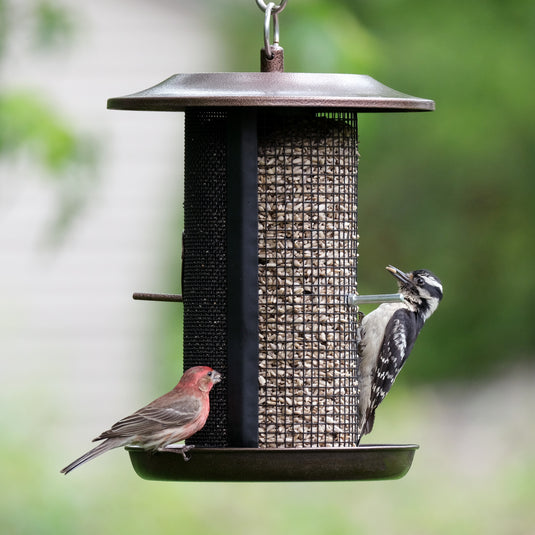





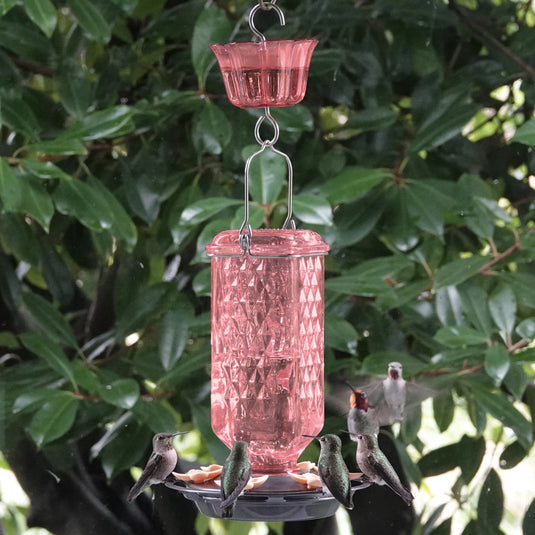
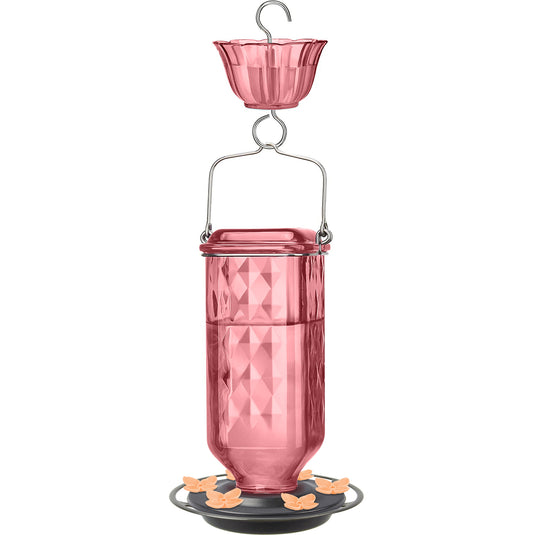
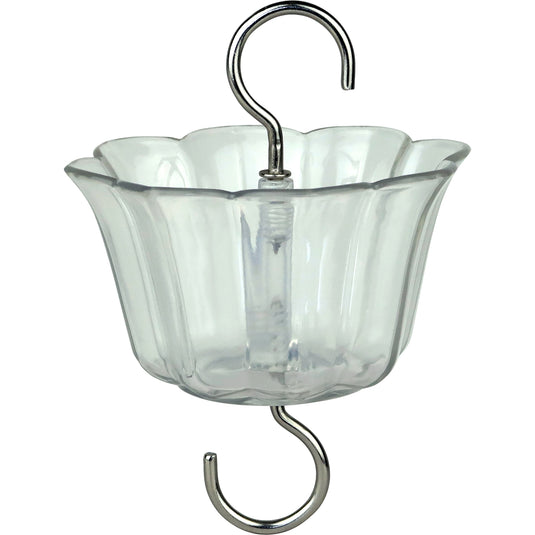




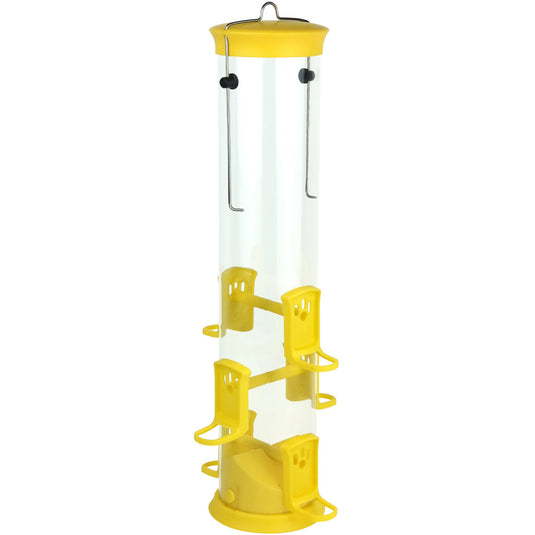
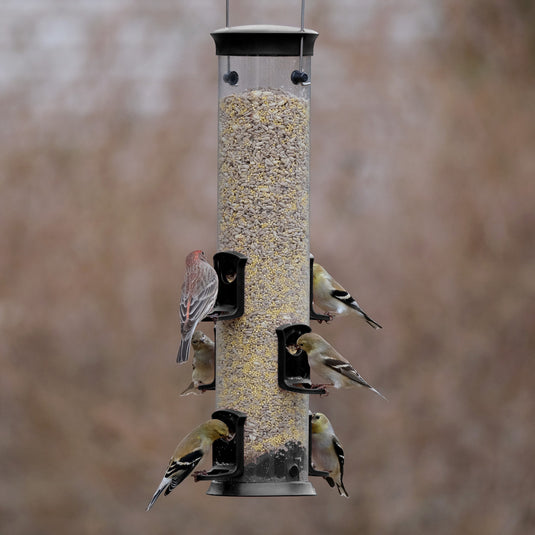
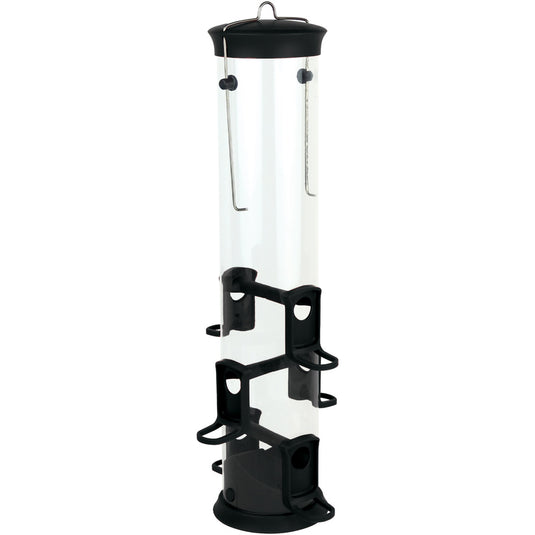




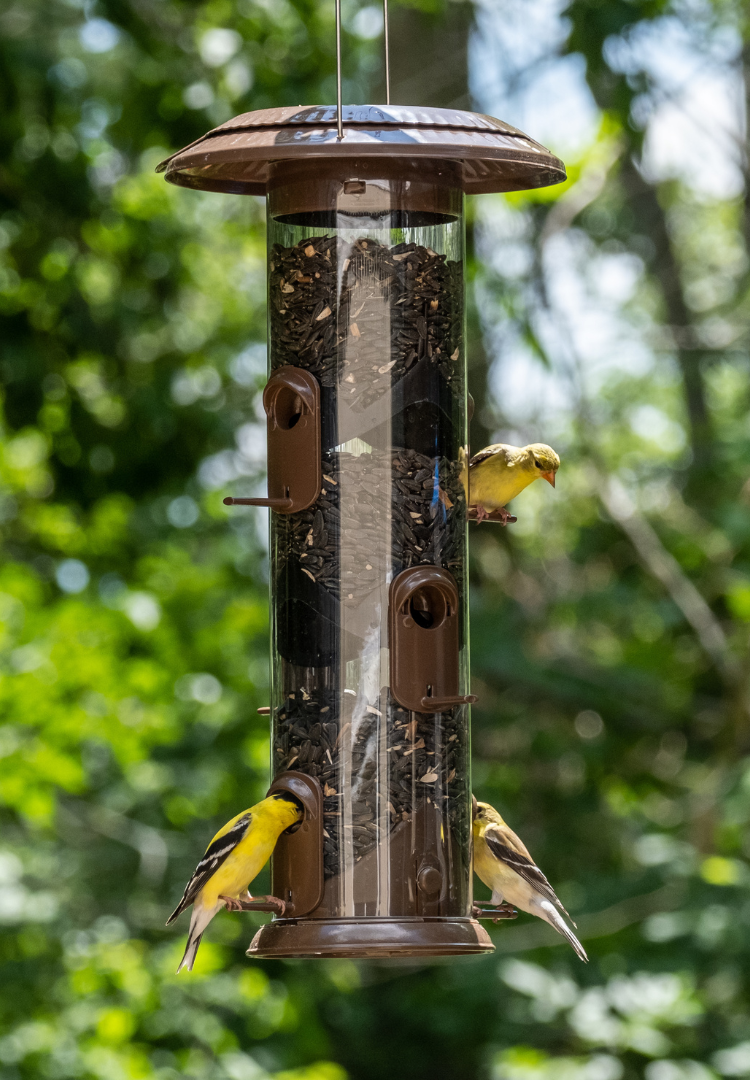
Hi Rosemary. Thank you for reaching out to Nature’s Way! Please check out our blog entry ‘Cleaning Your Bird Feeders’ as it gives information on pest prevention. All the best!
How can I keep rats away from
My bird feeders.?